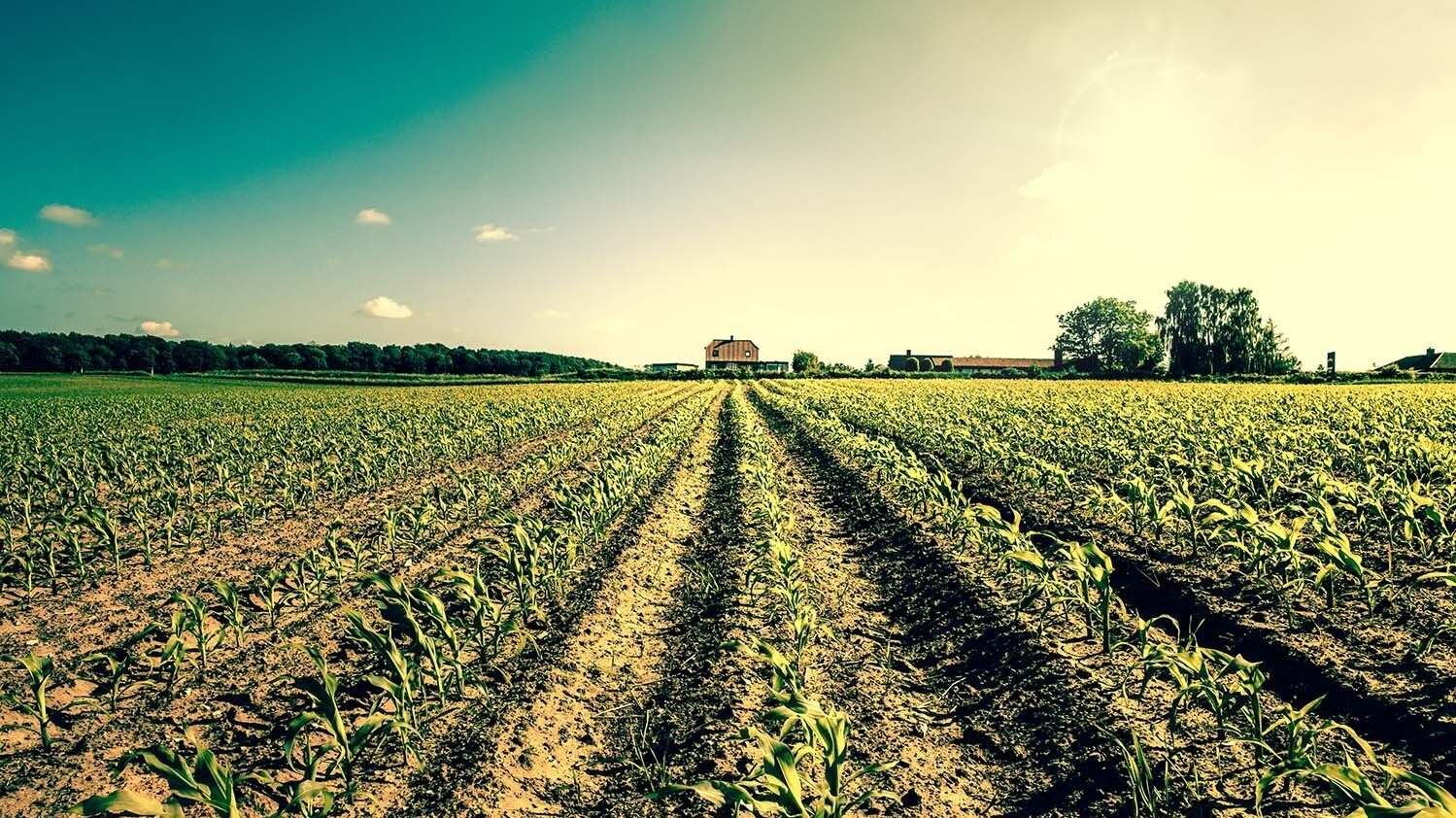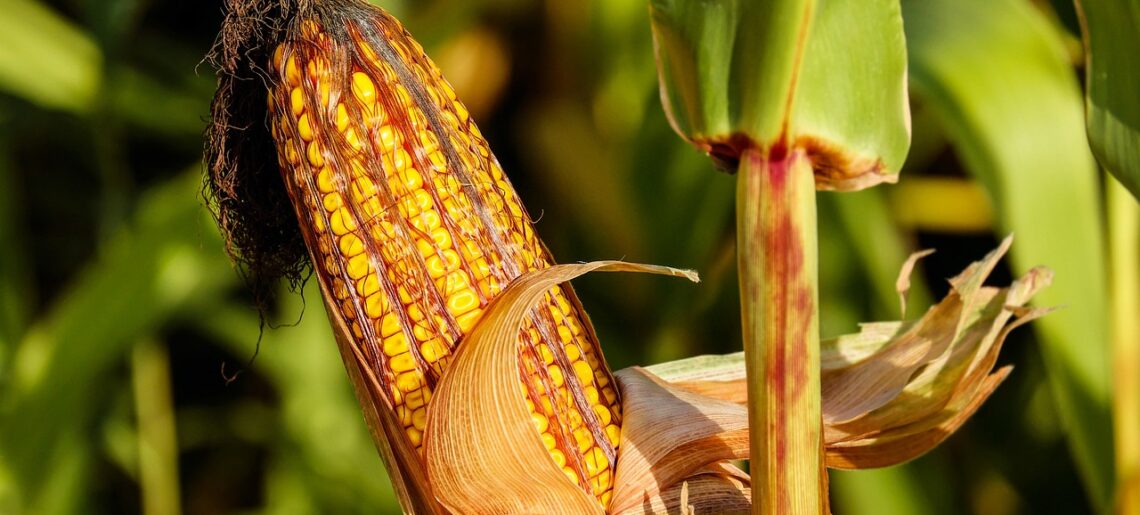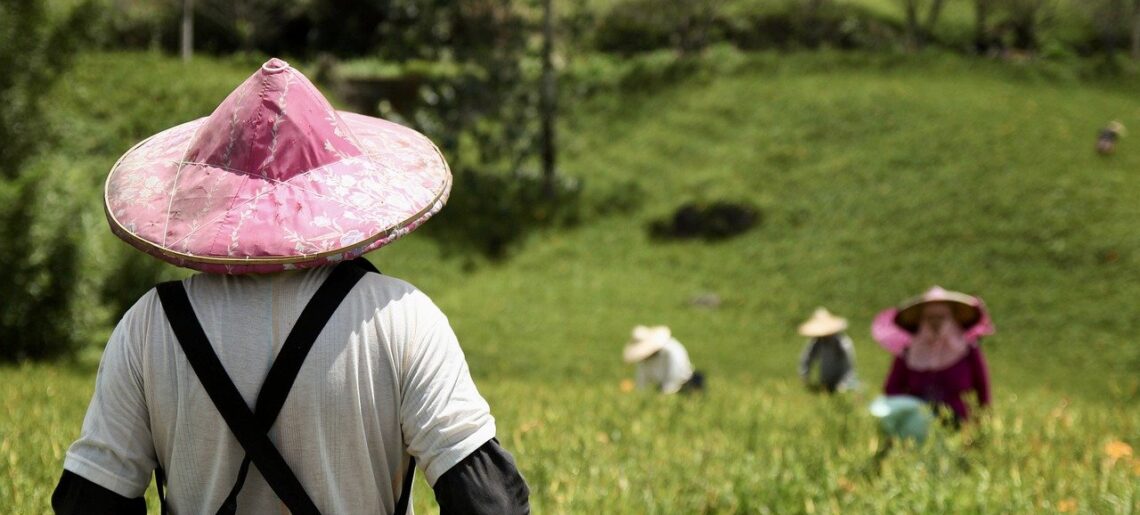The power of children’s health and healing is very significant. It is never too early to teach children about health. Children’s health and teaching children about the power of health and healing that is in their hands is the beginning of their journey to wellness. As children they have limited knowledge of what is good or bad for their health. They naturally gravitate towards sweets and whatever gets advertised on the television.
It is up to the parents and their equivalent, teachers and carers, to teach the health benefits to their children. Good food, proper hygiene and exercise are the basics for a healthy body. They are also the ones that teach appreciation for what is healthy for their little minds.. But sometimes the day is not quite so long to be able to do all that is required to make sure they have healthy meals, healthy environment.
Keeping the children healthy is of prime importance. They are the future and the way you keep them healthy and occupied. Let them help with meal choices and preparation. Start with breakfast. Whenever possible let them plan one meal a week. Teach them good food choices. Whole grains, fruits and vegetables. Cultivating a garden is a good way to introduce them to how to grow their own food. There is also benefits when gardening with children. The fresh air alone and the bonding with them is worth all the trouble. Start them with snap peas, tomatoes and chili, some basil, sunflowers and mint. These are easy plants to grow and will basically take care of themselves.
Additionally, once they know that they planted and harvested these themselves, they would be more inclined to eat their fruits and vegetables. Encourage them to drink plenty of water and milk. Screen time should be regulated and absolutely no gadgets for ages 2 and below. Now the most fun and necessary requirement for a healthy child is activity. Be active! Children’s health depends on it. Develop hobbies, be active on sports, join Sydney excursions and incursions, team building activities, workshops and exercise that engage big and small muscle groups.

A child’s future wellness starts with copying and doing what their guardians tell them to. This way we can guide the child in the proper path towards a healthier life.







